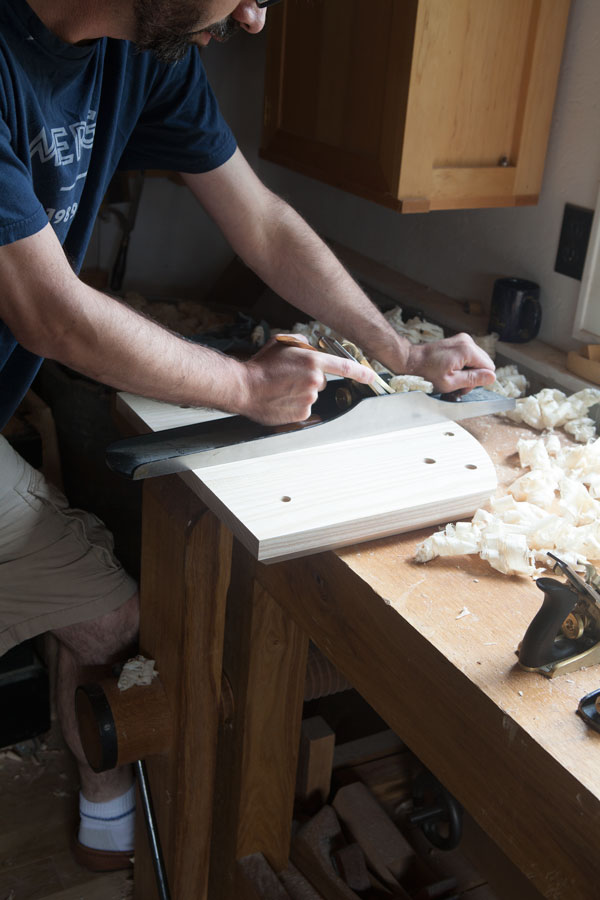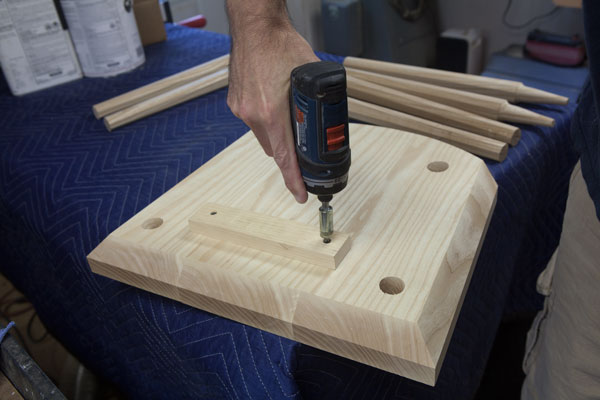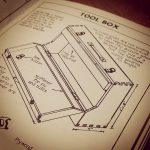We may receive a commission when you use our affiliate links. However, this does not impact our recommendations.
For many years I’ve used the following trick to plane irregular-shaped objects: Screw a square block to the underside of the piece and then clamp that block in my face vise.
It’s a trick that I showed in my 2007 book “Workbenches: From Design & Theory to Construction & Use.” (Psst, the second edition is coming out later this year.)
I find it especially useful for planing up the seats of Windsor chairs. The little block trick allows you to sidestep all manner of silly tail-vise set-ups and wack-a-doodle cauls.
So today I am planing up a seat blank and fetched my little block of wood and two drywall screws. I tossed the block on the underside of the seat blank. The block landed near the front of the seat and I froze for a second.
Usually I screw the block to the dead center of the seat. But I just then realized there’s a better way. Screw the block to the front edge (or back edge) and you can get most of the seat supported by the benchtop.
Chair seats don’t flex much when you plane them. But the extra support is noticeable.
It’s a small detail. But it helps.
— Christopher Schwarz
Here are some supplies and tools we find essential in our everyday work around the shop. We may receive a commission from sales referred by our links; however, we have carefully selected these products for their usefulness and quality.












A breath of fresh screws. Seldom see drywall screws mentioned in today’s enlightened hand tool world. They have there problems but I bought some real screws the other day and was shocked. Never pass a building under construction or renovation. At the right time, there will be enough drywall screws on the floor to last you years.
Hmmm. I don’t remember reading about that technique in your book, but I’d assume you’d always put the stop nearer the front edge. Also, why does it have to go into the vise? Doesn’t the seat become a kind of bech hook on its own?